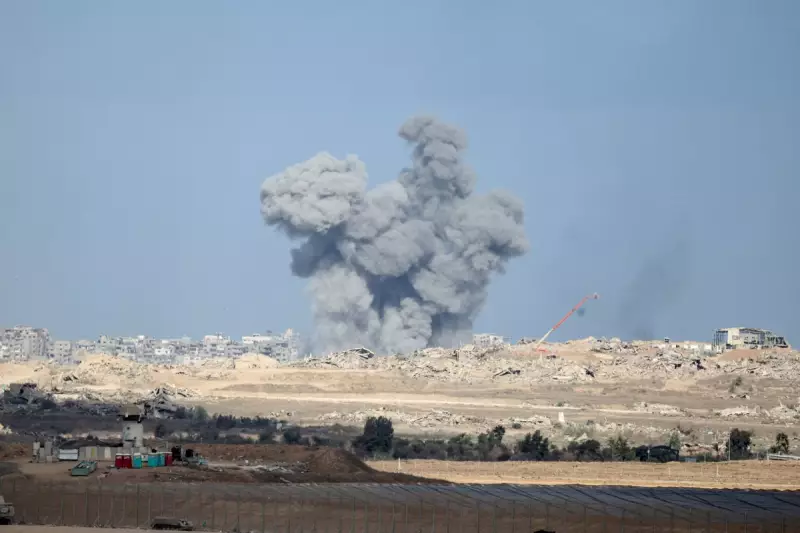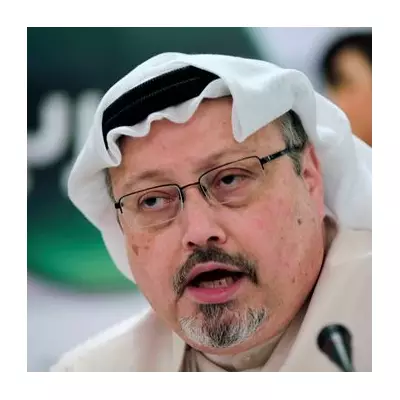
The landscape of the Middle East is undergoing a profound transformation, where the pursuit of peace may ultimately prove more challenging than the waging of war. As temporary ceasefires provide fleeting moments of calm, the underlying fractures continue to deepen across the region.
A Region Transformed by Conflict
The recent conflict in Gaza has fundamentally altered regional dynamics, creating new alliances and deepening old divisions. What emerges from the rubble is a Middle East more fragmented than ever, where traditional power structures are being challenged and new geopolitical realities are taking shape.
The temporary nature of current ceasefires highlights the fragility of any peace agreement. While war follows relatively predictable patterns of escalation and confrontation, peace requires navigating a complex web of competing interests, historical grievances, and ideological differences that have proven resistant to resolution for generations.
The Diplomatic Minefield
Regional powers find themselves walking a diplomatic tightrope. The involvement of international mediators has become increasingly crucial, yet their efforts often clash with the complex realities on the ground. The challenge isn't merely stopping the fighting but constructing a sustainable framework that addresses the root causes of conflict.
Several key obstacles stand in the way of meaningful progress:
- Deep-seated ideological divisions that resist compromise
- Competing regional ambitions among Middle Eastern powers
- The proliferation of non-state actors with their own agendas
- International powers pursuing conflicting interests in the region
Beyond Temporary Solutions
The pattern of conflict and temporary ceasefire has become dangerously familiar. Each round of violence reshapes the political landscape, creating new realities that make comprehensive peace increasingly elusive. The international community's approach of crisis management rather than conflict resolution has failed to break this cycle.
What emerges clearly is that military solutions, while sometimes achieving temporary objectives, cannot address the fundamental issues driving these conflicts. The reconstruction of devastated areas and the healing of deep social wounds require a different kind of effort—one that demands more creativity, patience, and resources than warfare itself.
As the Middle East continues to evolve, the greatest test for regional leaders and international partners alike may not be their ability to wage war, but their capacity to build a peace that can withstand the region's complex pressures and competing interests.





